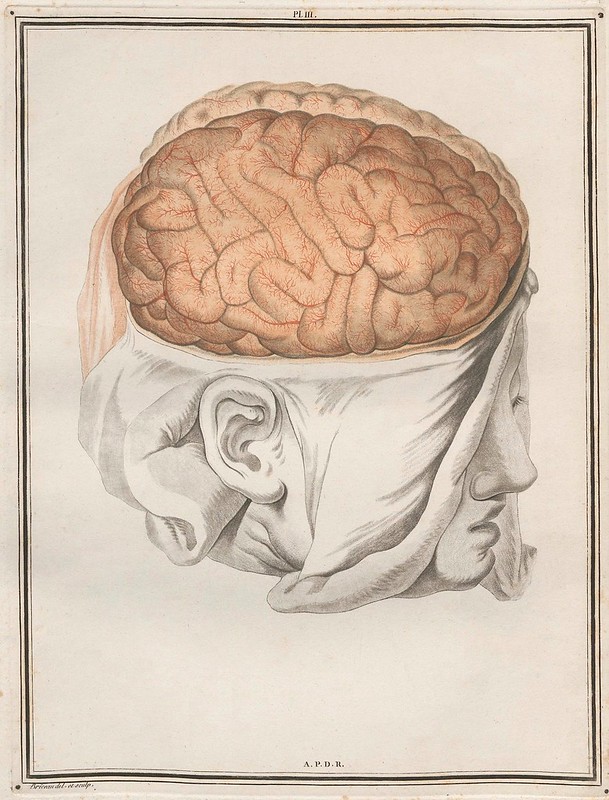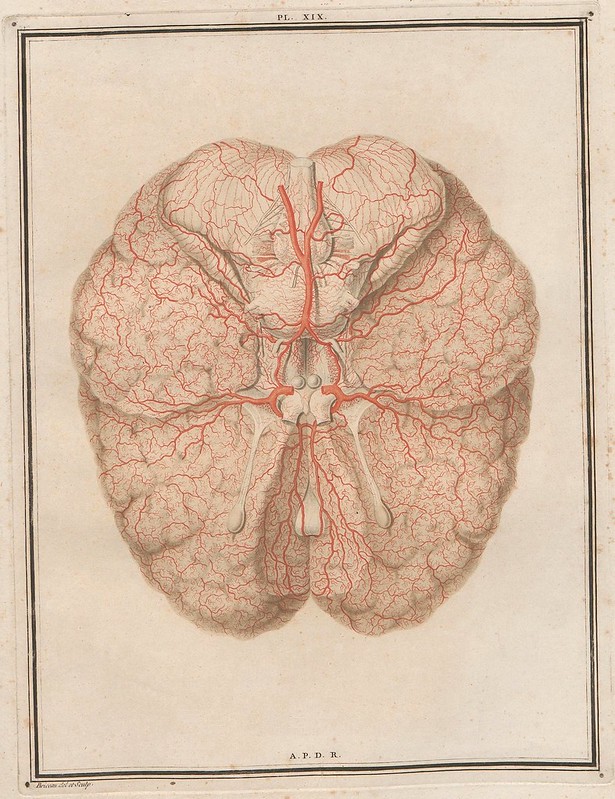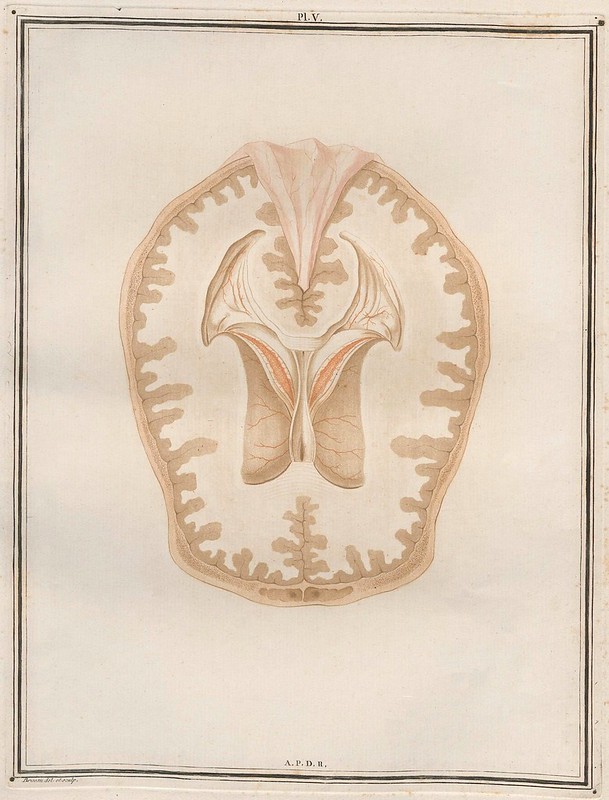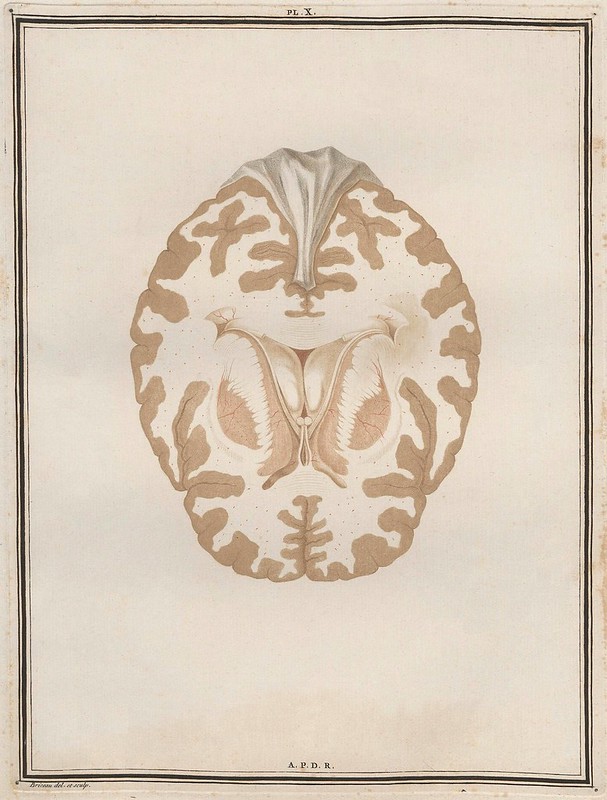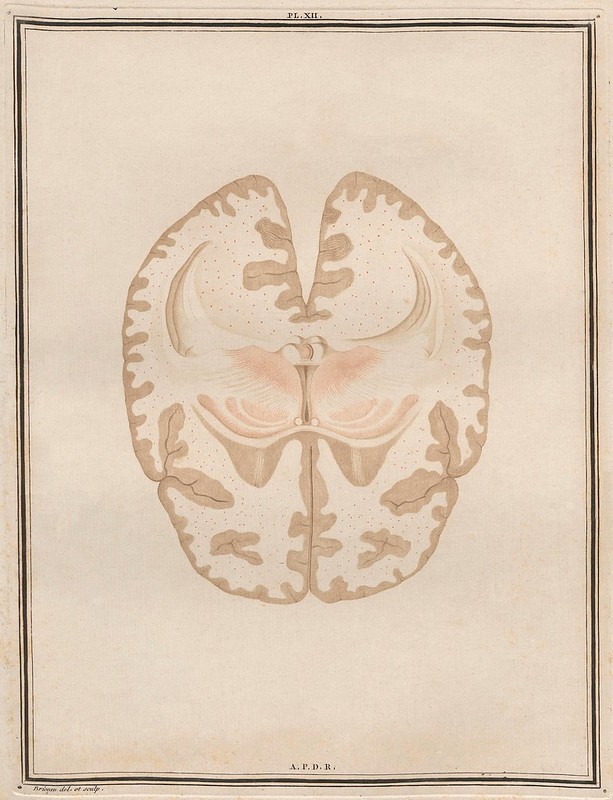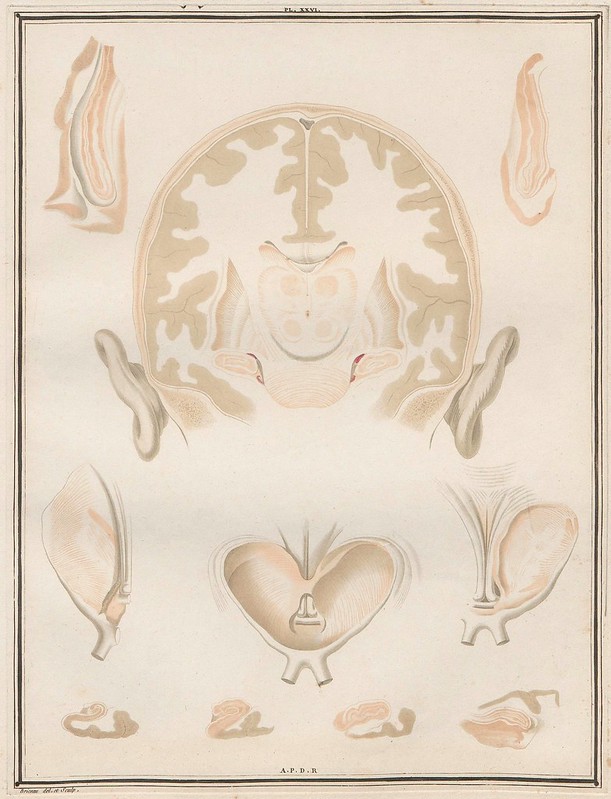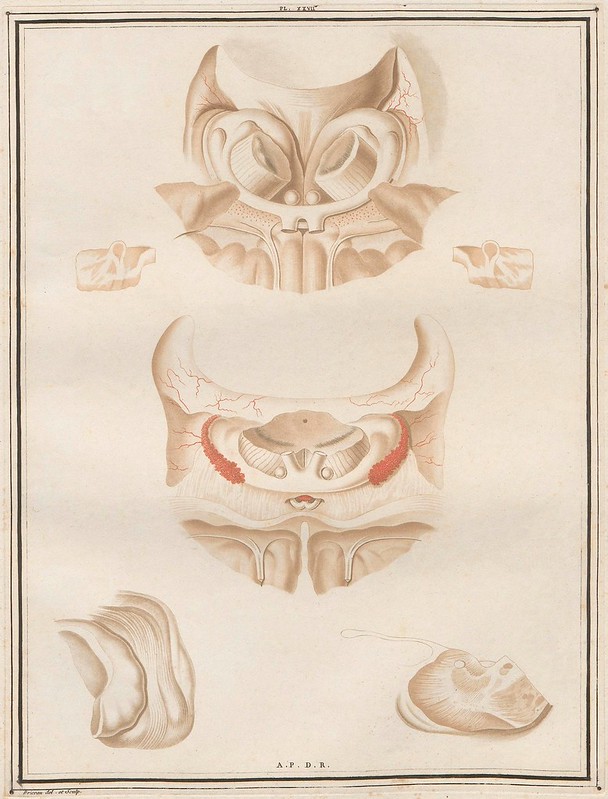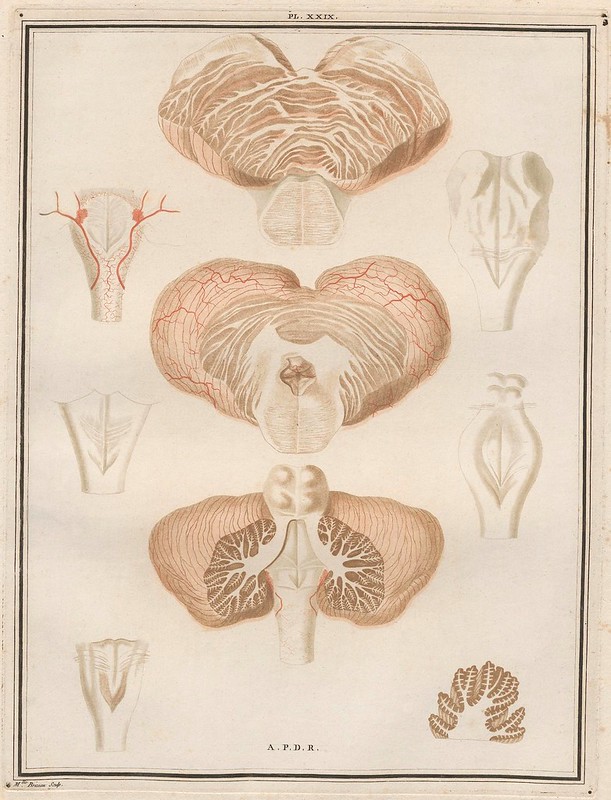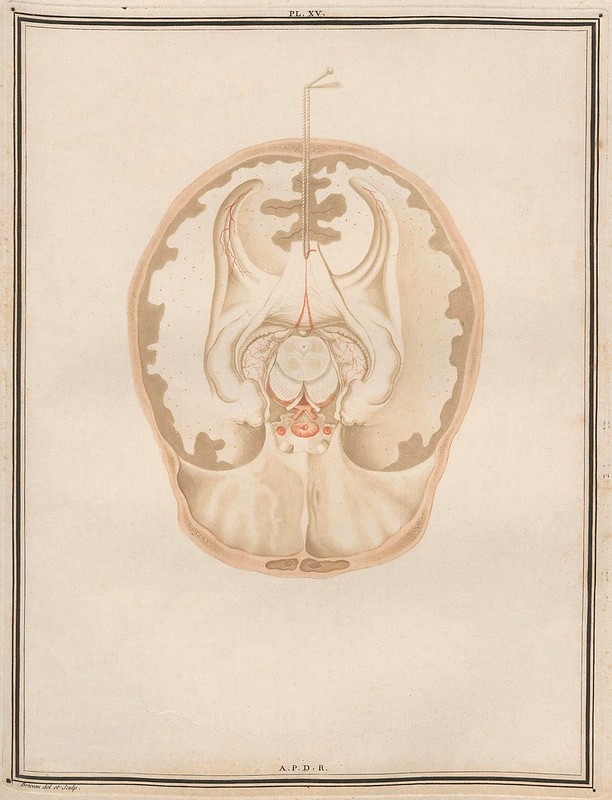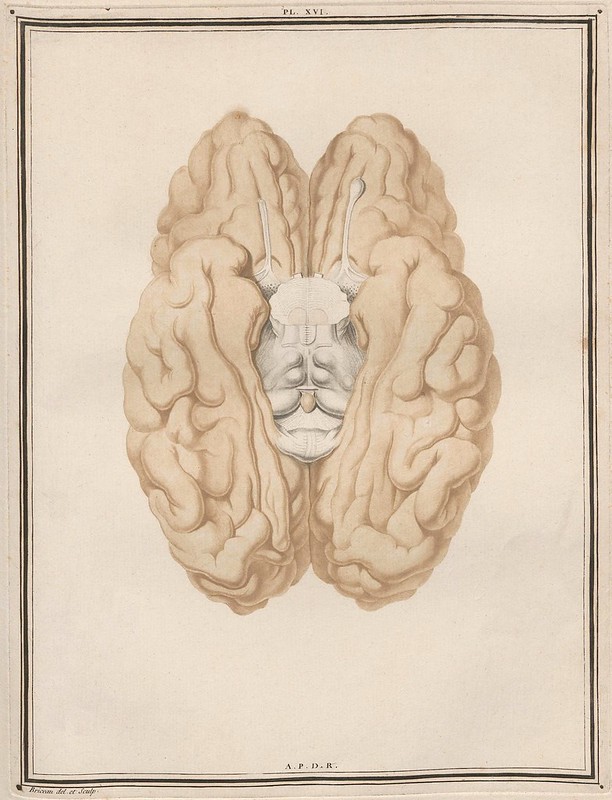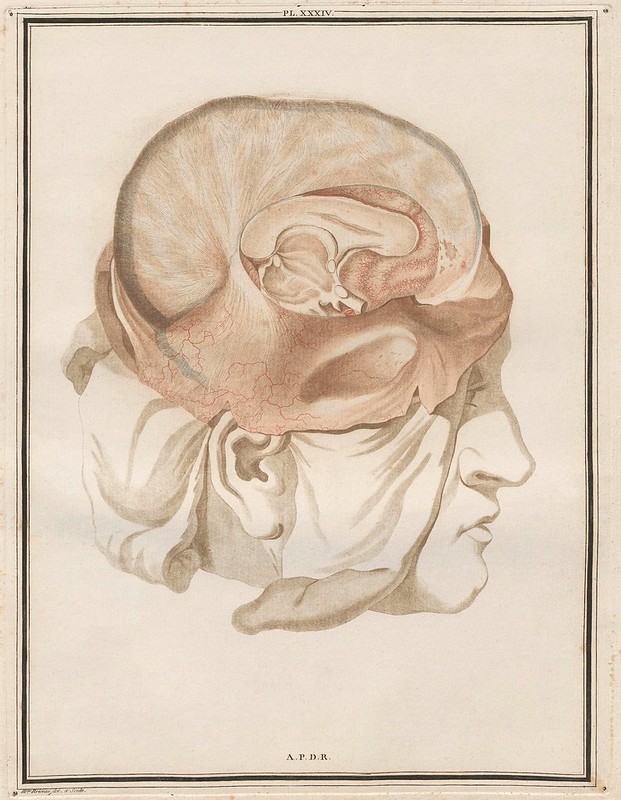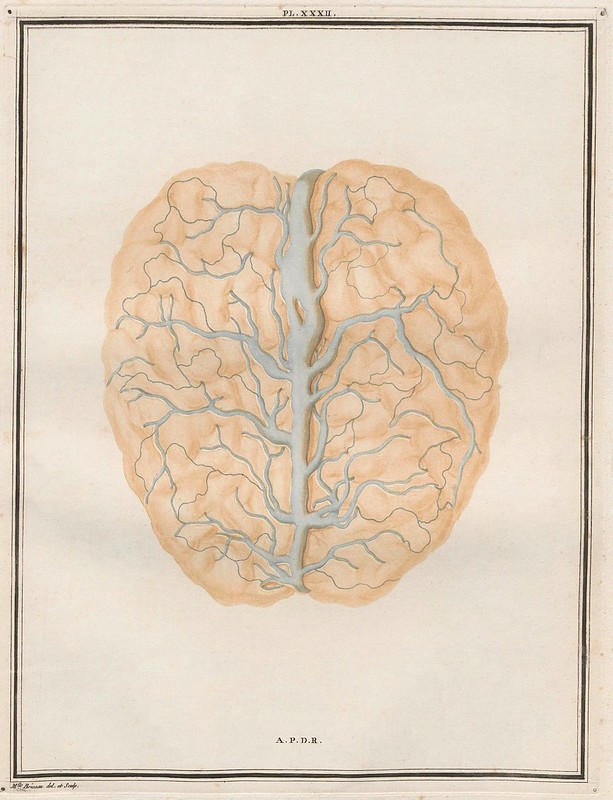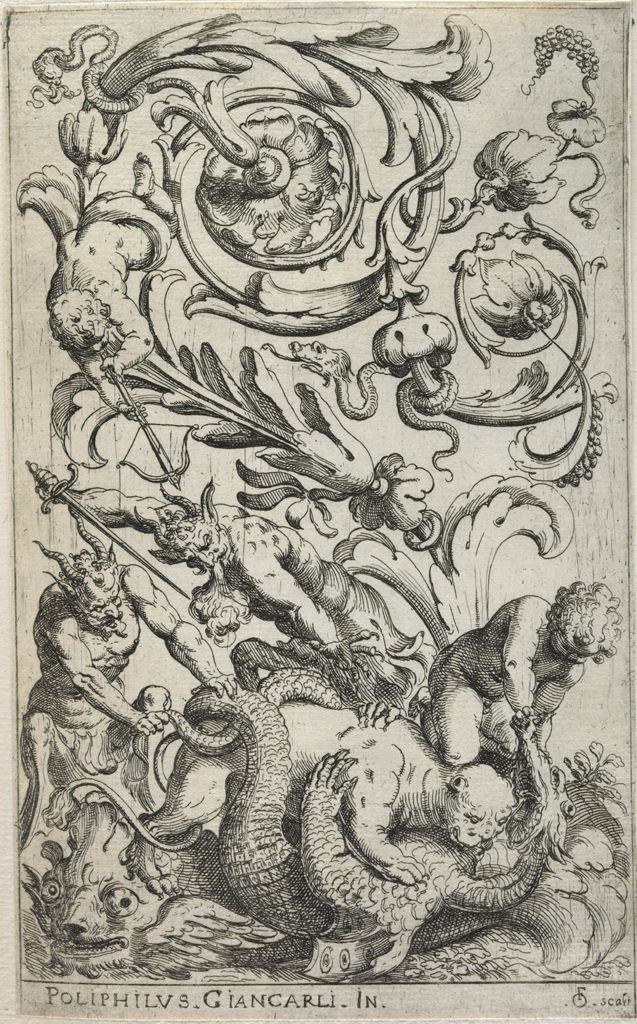
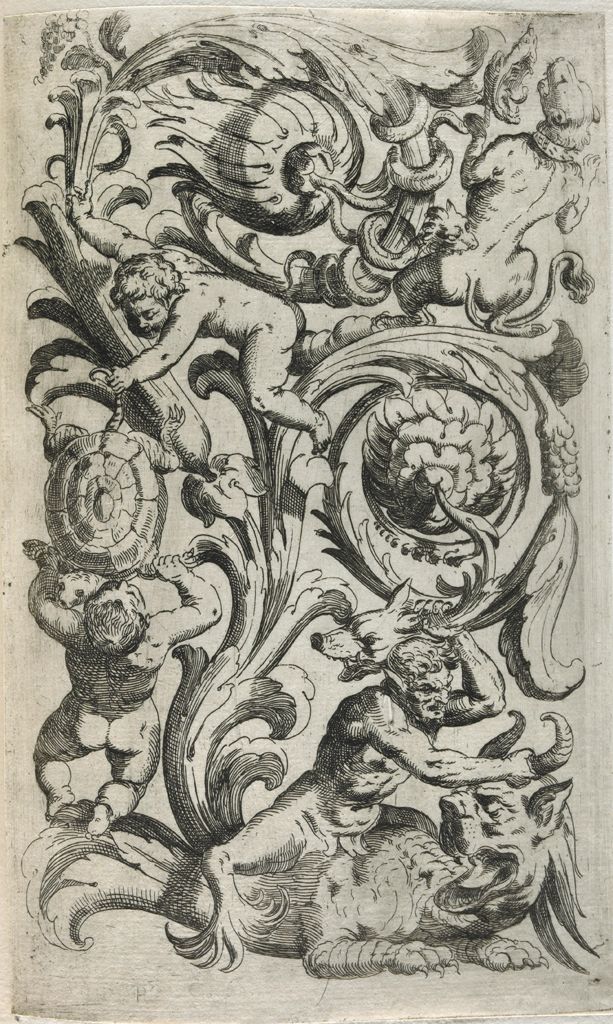

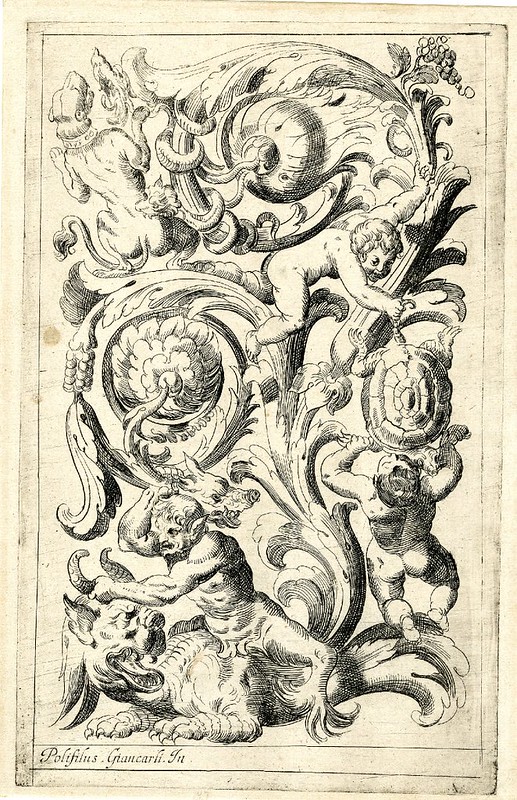

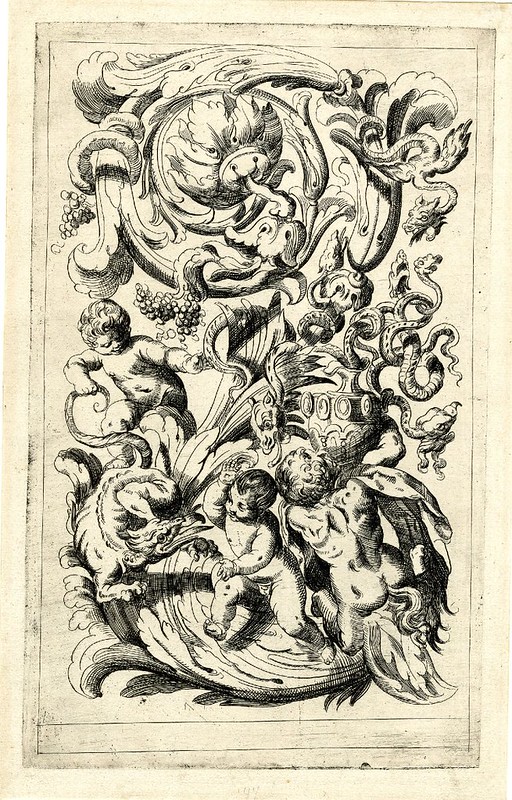


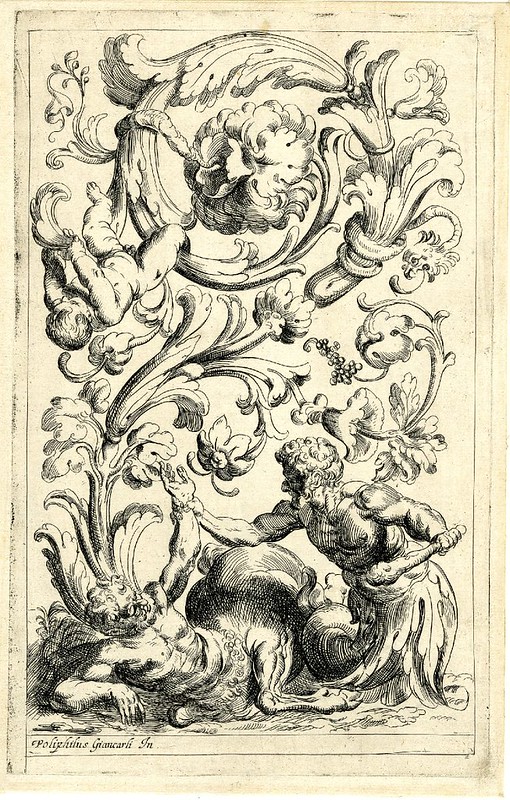

The imaginative prints above come from two sources and are in two forms*. The majority are from the British Museum, the rest from the Harvard Art Musuem. About half of the images above are original etchings by Odoardo Fialetti (after designs by the Venetian ornamental designer, Polifilo Giancarli [or Zancarli]). The other half are reversed - and modified - copies of Fialetti's etchings, produced in the late 1620s.
*mouseover the images to see which are by or after Fialetti
"Among the earliest manifestations of Baroque style in Venetian prints, this suite of fantastical arabesque designs for ornament was meant for the use of artists and decorators. Strikingly witty and animated, and still utilizing elaborate Mannerist elements, the plates incorporate putti, satyrs, tritons and others among the swirling foliate forms.
Among the compositions, one finds a satyr carrying a vase of fantastical snakes as putti attack a dragon; a satyr with a jawbone striking a lion attacking a man; two satyrs and a putto attacking a dragon clutched by a panther; a triton embracing a nereid seated on a sea monster; and a satyr playing a hurdy-gurdy, together with putti holding panpipes and a waterfowl encircled by a dragon." [.pdf source]The ornamental designer, Polifilo (Giancarli) Zancarli was active in Venice between 1600 and 1625 and although a couple of hundred of his prints survive, little seems to be known of his life. Polifilo Giancarli's name does appear, at least, in the records for some theatrical productions in his home town. His uncle, Tasio, is mentioned in the title page of the present suite and he likely funded and published the project.
On the other hand, Odoardo Fialetti (d. 1638) [W] was a well known and prolific printmaker in Venice. His range of output was quite diverse: from anatomical illustrations to classical mythology scenes to mixed, complex ornamental engravings in similar styles to those seen above. He produced some of the earliest forms of Baroque ornamental prints and helped spread the ornate style from Italy to England.
(nb. Vertical Grotesques is the title of the album according to the Harvard Art Museum and the Metropolitan Museum of Art [the last which has brief descriptive entries for this set of prints but few, if any, images, as best as I recall])
AND just because it hit the radar while searching: the rather fabulous Prints & Drawings Collection (Italian and French, pre-1620) at the Museum of Fine Arts, Budapest. - with very interesting high-res zooming architecture of >4500 prints (!)
ADDIT: Forgot to mention: this post come circuitously via random image seaches, inspired by KJBishop and Jahsonic, both of which are target-rich environments for anyone inclined towards the visually evocative. And if you're reading this and you're not in that category, then you've already taken the wrong train my friend.

